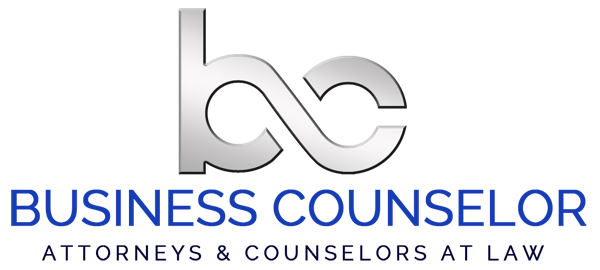Many of you might not be aware of this but the U.S. government has a great financial grant program available for inventors, developers, visionaries and innovators.
As a business attorney and someone who helps- busi nessmen and women take action to start, grow and expand their dreams of entrepreneurship, I come into contact with many inventors and developers of a wide variety of products and services.
The quest by men and women to tinker and create is at an all time high. I personally believe that some of us, by nature, are always looking for ways to “build a better mousetrap.”
The numbers con rm the growth. In 2005, the U.S. Patent and Trademark O ce received approximately 418,000 pa-tent ap plications and in 2006 that same government agency gran- ted ap proximately 197,000 patents.
Inventing and innovating is growing steadily. We are truly living in an incredible time of tremendous technology -develop ment, and massive innovation even with general products and services.
Many of you might not be aware of this but the U.S.- govern ment has a great nancial grant program available for inventors, developers, visionaries a- nd in novators. The Small Business Innovation Research Program, commonly referred to as the SBIR program, is a governmen-t assis tance program that provi-des a ve hicle for entrepreneurs and small businesses to explore and exploit their technological potential.
Business boost
The SBIR program creates a boost to entrepreneurs -and in novators by providing the money necessary for entrepreneurs to maximize their pro tability from the commercialization of their invention.
The SBIR program targets the small business commun-ity be cause that is where the m- ost in novation is created and -innova tors thrive. The program requires that a speci c percentag-e of fed eral money be set aside for small businesses for research an- d devel opment in order to protect small businesses and enable them to compete on the same level as larger businesses. SBIR program allocated dollars fund the critical startup and development stages of small businesses and in t-urn en courage the commercialization of their technology, product, or service into the marketplace.
Since its enactment in 1982, as part of the Small Busines-s Inno vation Development Act, the SBIR program has helped thousands of small businesses to compete for federal research and development awards. The criterion for -obtain ing your piece of the pie is truly simple. Your business must be American-owned and in- depen dently operated, be a for-pro t entity, the principal researcher developing the technology must be employed by the business and the company cannot employ more than 500 employees. If you meet the criteria then you- are eli gible to apply.
Funding guarantee
Each year, 11 federal d- epart ments and agencies are required by the SBIR program to reserve a portion of research and d- evelop ment funds for award to small business. These agencies include: Department of Agricultu-re, De partment of Commerce, -Depart ment of Defense, Department of Education, Department -of En ergy, Department of Health and Human 1Services, Department of Homeland Security, Department of Transportation, Enviro-nmen tal Protection Agency, National Aeronautics and Space A-dminis tration and the National Science Foundation.
Annually, these agenci-es des ignate their research and- devel opment priorities, advertise their needs and then accept proposals. However, you can go to an agency with your idea and pitch your technology in order to make it a priority for them.
Once proposals have be- en sub mitted, the agencies then make SBIR awards based upon the small business’ quali cations, degree of innovation, technical merit, and future market potential.
Small businesses that receive awards then begin a three-phase program. Phase I is the startup phase. Awards up to $100,000 are given at Phase I to a business for approximately 6 months support in order to explore the technical merit or feasibility of an idea or technology.
Awards up to $750,000 are given during Phase II for a period of up to 2 years to expand Phase I results. During this time -it is ex pected that the research- and de velopment work is performed and that the business evaluates the commercialization potential.
Only Phase I award winners are considered for Phase II. Phase III is the period during which Phase II innovation moves from the laboratory into the marketplace. At this stage the government is counting on the business to nd funding in the private sector or by some other non-SBIR program federal agency funding. What are you waiting for, put your pen to paper and get going.
Click Here For Original Article
